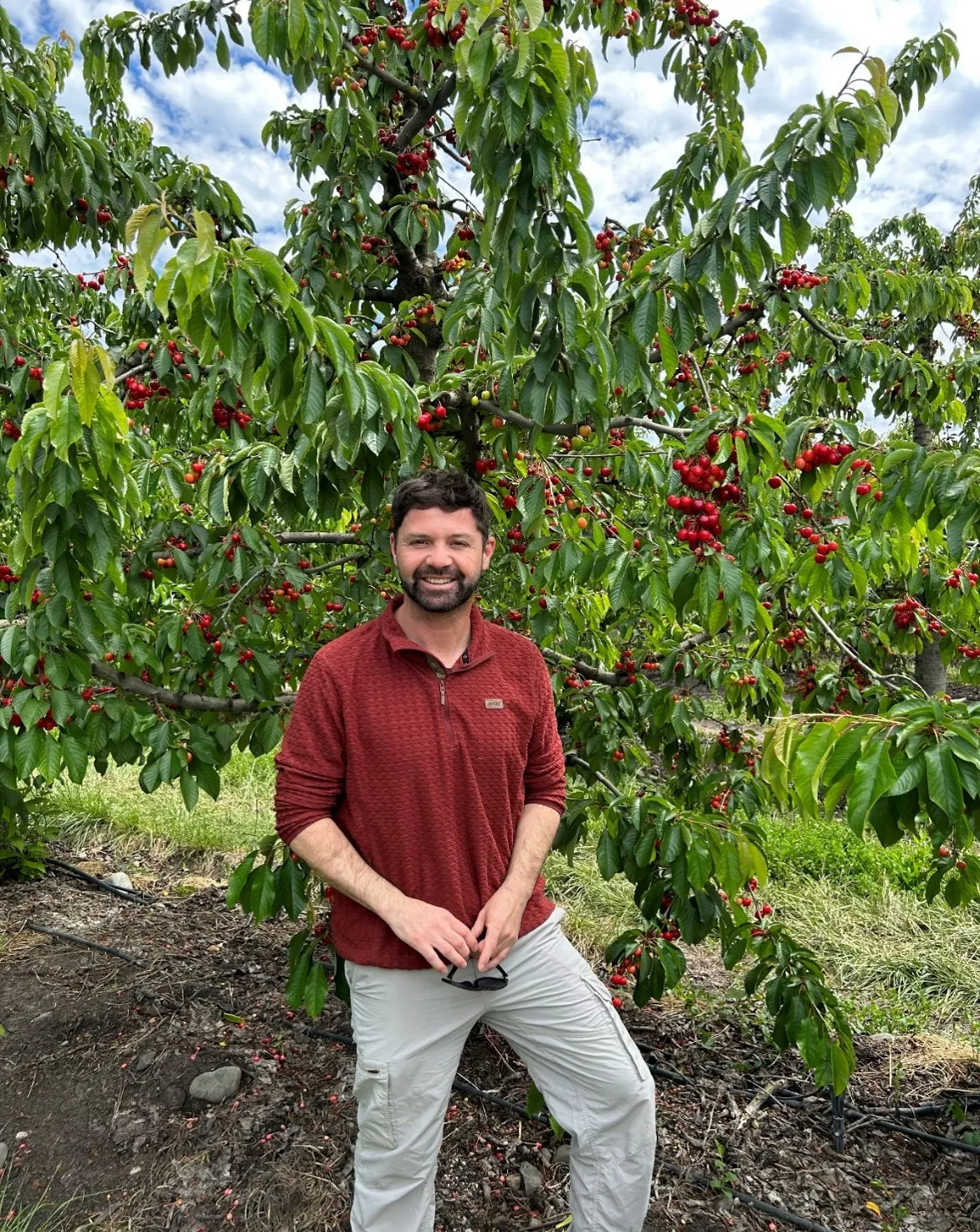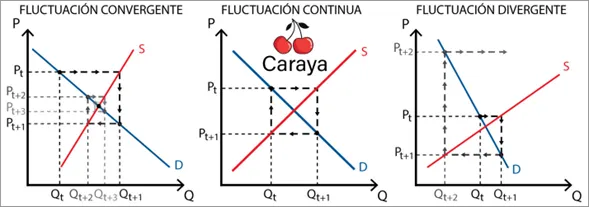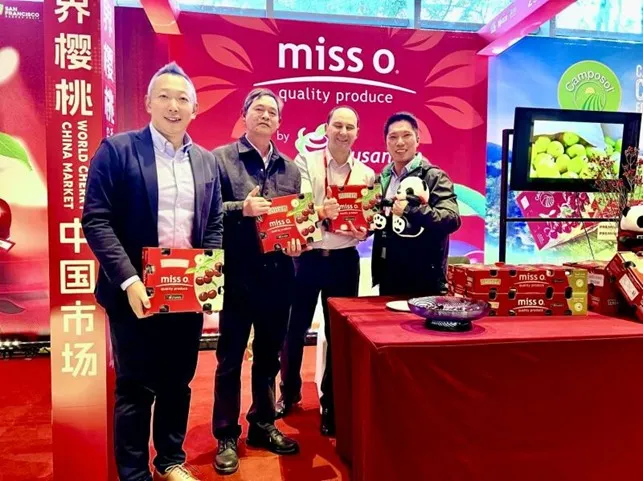PMGC the new Chilean cherry breeding project
19 May 2023
For Macfrut 2023 it was an honour to host Prof. Marlene Ayala of the Catholic University of Chile, the head of the main genetic improvement project for cherries started in 2010 in Chile..
Reviewing my notes from those study times at the University of Chile, I grasped with the Web Theorem*, a concept that we also exemplify in class with agriculture. Today, reflecting on the current situation, it is incredibly relevant to analyze and understand these dynamics.
This web theorem can explain the fluctuations in prices and production in the Chilean cherry market, especially in its relationship with the demand from the Chinese market. This model is relevant because cherries have an annual production cycle and are subject to factors such as seasonality, limited supply, and variations in demand.
How the model applies
1. Initial year: high prices and strong demand in China
2. The following year: Excess supply
3. Adjustment in production
 Image 1: Claudio Araya, Technical Manager at Frusan, Chile.
Image 1: Claudio Araya, Technical Manager at Frusan, Chile.
Highly seasonal demand
Export and logistics costs
External factors
1. Market diversification
2. Improved planning
3. Commercial agreements and future contracts
4. Promotion of off-season consumption
 Image 2: The web model applied to Chilean cherries.
Image 2: The web model applied to Chilean cherries.
The web model illustrates how Chilean cherries face price cycles in the Chinese market due to the interaction between supply and demand. Better planning and diversification strategies can help producers reduce risks and stabilize long-term profitability.
What happens if production increases or remains the same next season?
If the following year the production of Chilean cherries does not decrease, but remains constant or increases, the effect of the web model intensifies and the market could enter a cycle of chronic overproduction. Here's what would happen:
1. Prolonged excess supply
2. Impact on producers
Small producers
Large producers
3. Market consequences
Wear and tear on the "Chilean cherries" brand
Stock accumulation
4. Factors that aggravate the problem
Competence from other countries
Limited demand
5. What happens if production continues to increase year after year?
This could lead to a restructuring of the industry
 Image 3: Frusan team in China promoting MissO-branded cherries.
Image 3: Frusan team in China promoting MissO-branded cherries.
If production does not adjust and continues to increase, the industry could enter a prolonged overproduction cycle, with negative consequences for prices and profitability. To avoid this, it is crucial to implement diversification strategies, supply control, and consumption promotion, ensuring sustainable growth for Chilean cherries in the Chinese market.
Images: Claudio Araya and Frusan
Claudio Araya
Technical Manager at Frutera San Fernando, Frusan, Chile
* Ndr. The web theorem is a model developed by economist N. Kaldor to explain market price fluctuations over time. The web theorem identifies the conditions under which the price converges to market equilibrium in the presence of static expectations.
19 May 2023
For Macfrut 2023 it was an honour to host Prof. Marlene Ayala of the Catholic University of Chile, the head of the main genetic improvement project for cherries started in 2010 in Chile..
19 Jun 2024
Is it a bad idea to use cyanamide and tandem with dormancy-breaking caustics? This is an unfriendly strategy, but highly recommended in years with low cold accumulation and in variety/ rootstock combinations that give precocity and are found in early areas.
17 Dec 2025
A Spain-Denmark study reveals the molecular pathways behind sweet cherry bud dormancy release. The research highlights the roles of hydrogen cyanamide, jasmonates and cytokinins in helping fruit trees adapt to climate change effects on flowering.
17 Dec 2025
Japanese cherry blossom trees bloom from March to April, but not all produce edible cherries. Learn the difference between ornamental and fruiting cherry trees, discover the most iconic varieties and where to see them—from Tokyo to Washington D.C.